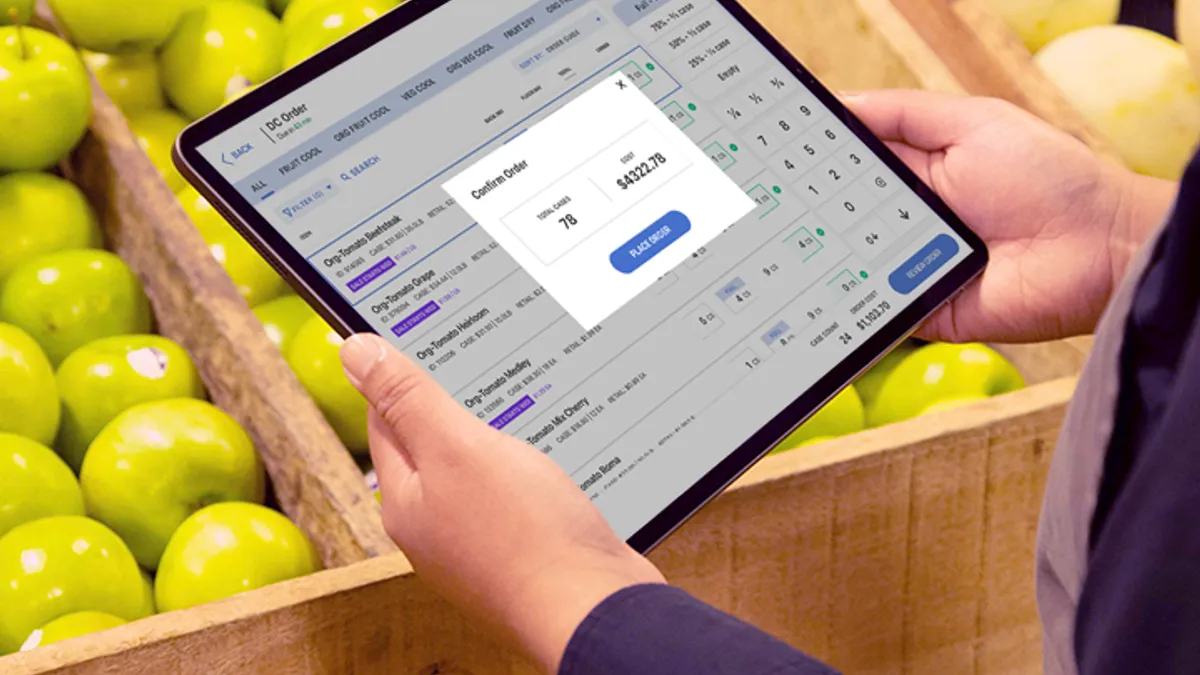As artificial intelligence becomes more popular, grocers are turning to the technology for multiple use cases such as improving product forecasting, predicting shopper demand and minimizing food waste.
While some of this technology is visible to shoppers — like aisle-scanning robots that gather shelf-level data to measure product performance, monitor stock levels and more — many AI capabilities go unnoticed by customers but can greatly impact the in-store experience.
Throughout this year, grocers have increasingly utilized AI technology to update existing systems. For example, Albertsons is piloting Afresh’s forecasting solution, which includes AI capabilities, to 17 different distribution centers, while Family Dollar tapped Dunnhumby’s AI platform for category management and merchandising collaboration
However, AI is not a cure-all solution, and recent tech fails serve as a reminder that grocers should approach the technology with caution. Early this year, Instacart hit a snag with AI when the technology generated images of food that weren’t quite right, such as a hot dog slice that resembled a tomato, and an oddly shaped chicken.
Here’s a roundup of how grocers have approached AI throughout 2024.













